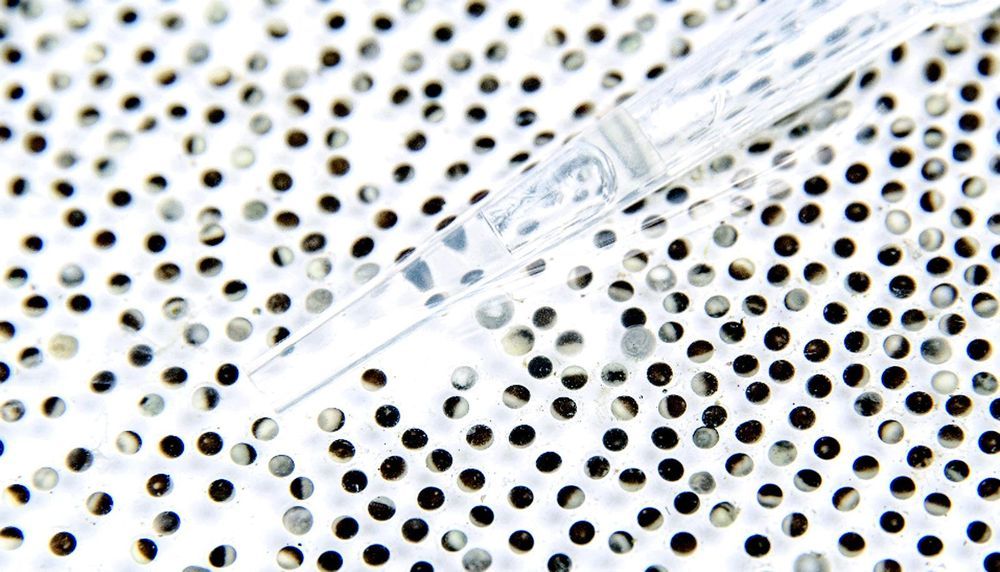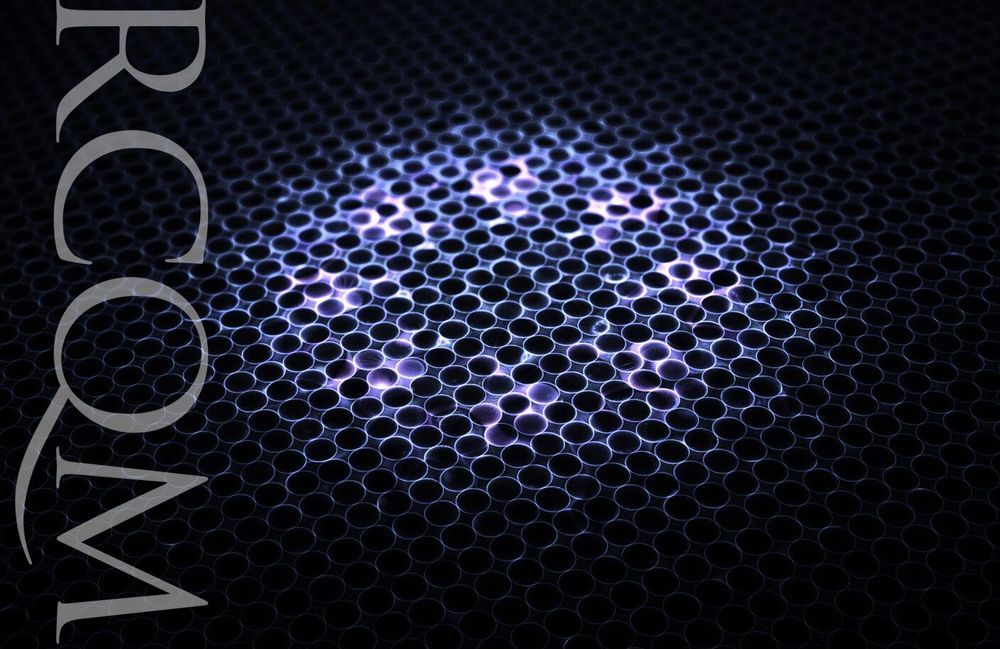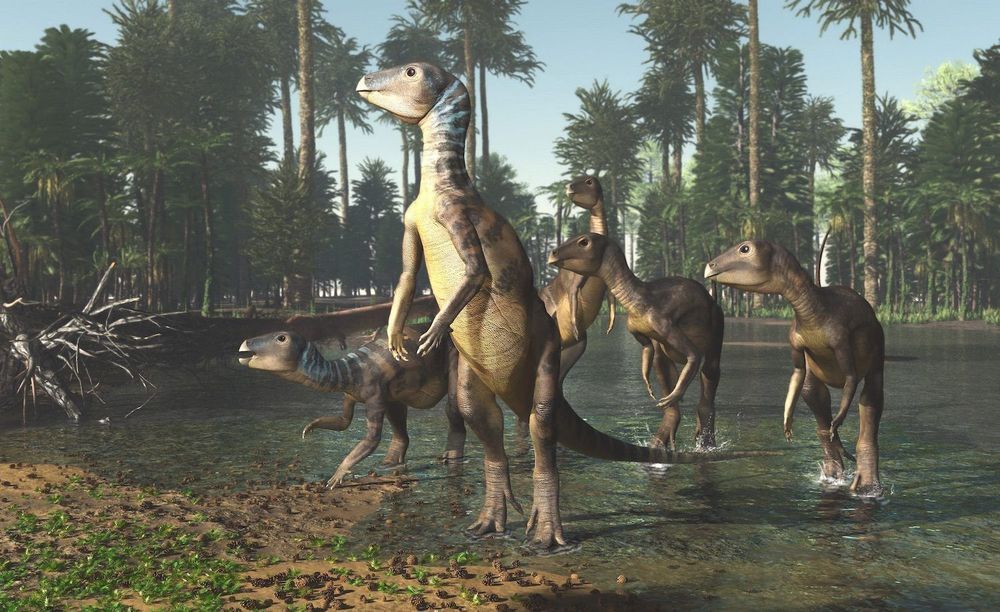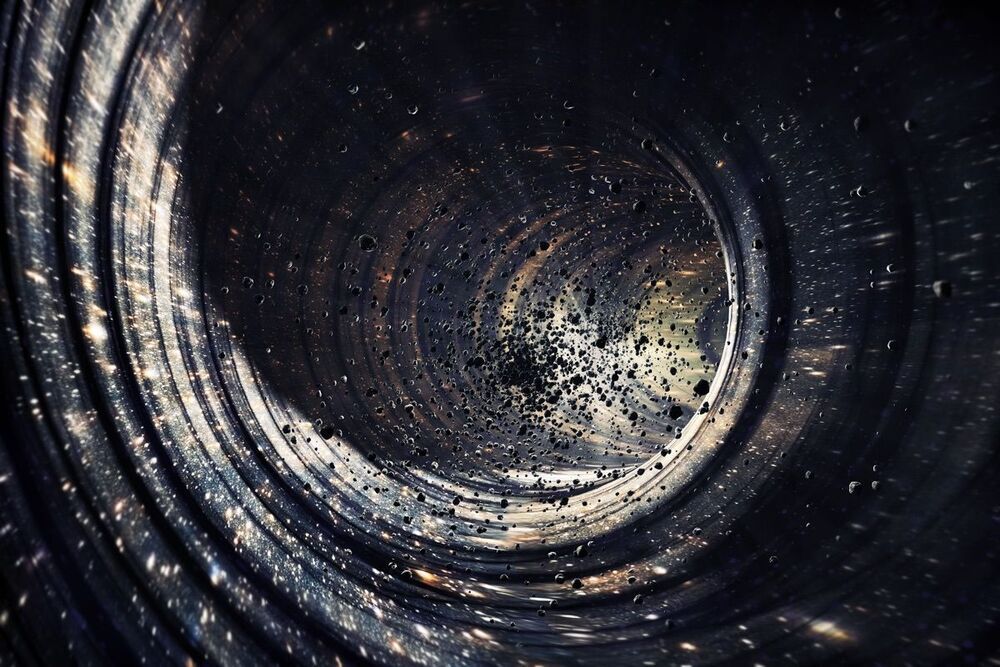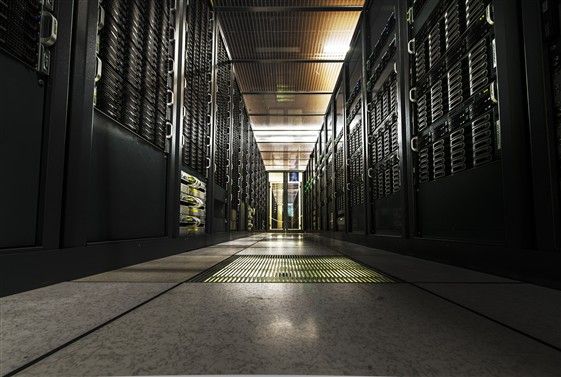Page 8895
Jan 17, 2019
Scientists Figured Out How to Separate Pain From Physical Suffering
Posted by Genevieve Klien in categories: biotech/medical, neuroscience
“We wanted to be more precise here and identify the region and the cells that are responsible for pain unpleasantness,” Scherrer tells Inverse. “We thought if we could find the center, or the cells in the brain that make pain unpleasant, perhaps acting on these cells could be a good strategy to reduce pain in chronic pain patients.”
It’s already established that the amygdala plays a role in the emotional component of pain, but this team actually found the exact cells in the amygdala responsible for those unpleasant pain messages by using a “miniscope,” a tool created by Schnitzer, and observing how mice responded to painful stimuli.
When mice in their experiment were exposed to a drop of scalding water, a given a pinprick, or asked to run along unpleasantly hot tracks, these cells in the amygdala were highly active. Importantly, Schnitzer adds, they didn’t light up when the mice were exposed to other stimuli like sugar water or a bad smell. “Every time mice were unpleased with the stimulation, we saw that these cells were turned on,” he adds.
Continue reading “Scientists Figured Out How to Separate Pain From Physical Suffering” »
Jan 17, 2019
Physicists show quantum materials can be tuned for superconductivity
Posted by Genevieve Klien in categories: materials, quantum physics
Some iron-based superconductors could benefit from a tuneup, according to two studies by Rice University physicists and collaborators.
Jan 17, 2019
Opal-filled fossils reveal timid, dog-size dinosaur that lived down under
Posted by Genevieve Klien in category: futurism
When Mike Poben, an opal buyer and and fossil fanatic, bought a bucket of opal from an Australian mine, he was surprised to find to find what looked like an ancient tooth in the pile.
Later, he also found a fossilized jaw piece — one that was shiny and glistening with opal.
After showing the two opalized specimens to paleontologists in 2014, Poben learned that they were part of a previously unknown dog-size dinosaur species, a new study finds. This dino lived about 100 million years ago in Australia, back when the landscape was lush and dotted with lakes. [Photos: Meet Wade, the Long-Necked Dinosaur from Down Under].
Continue reading “Opal-filled fossils reveal timid, dog-size dinosaur that lived down under” »
Jan 17, 2019
Scientists Find Brain Cells That Make Pain Hurt
Posted by Genevieve Klien in categories: health, neuroscience
Neuroscientists Pinpoint Cells In The Amygdala Where Pain Hurts : Shots — Health News Researchers have pinpointed the neurons that give pain its unpleasant edge. By turning these neurons off in mice, the scientists relieved the unpleasantness of pain without numbing sensation.
Jan 17, 2019
Bizarre Superfluid Could Explain the Existence of the Modern Universe
Posted by Genevieve Klien in categories: particle physics, quantum physics
Back in the first moment of the universe, everything was hot and dense and in perfect balance. There weren’t any particles as we’d understand them, much less any stars or even the vacuum that permeates space today. The whole of space was filled with homogeneous, formless, compressed stuff.
Then, something slipped. All that monotonous stability became unstable. Matter won out over its weird cousin, antimatter, and came to dominate the whole of space. Clouds of that matter formed and collapsed into stars, which became organized into galaxies. Everything that we know about started to exist.
So, what happened to tip the universe out of its formless state? [How Quantum Entanglement Works (Infographic)].
Jan 17, 2019
Mother of All Breaches Exposes 773 Million Emails, 21 Million Passwords
Posted by Genevieve Klien in category: cybercrime/malcode
There’s no shortage of data breaches these days, but this one should make you sit up and pay attention. The newly discovered “Collection #1” is the largest public data breach by volume, with 772,904,991 unique emails and 21,222,975 unique passwords exposed.
The breach was first reported by Troy Hunt, the security researcher who runs the site Have I Been Pwned (HIBP), where you can check if your email has been compromised in a data breach. In his blog, Hunt says a large file of 12,000 separate files and 87GB of data had been uploaded to MEGA, a popular cloud service. The data was then posted to a popular hacking forum and appears to be an amalgamation of over 2,000 databases. The troubling thing is the databases contain “dehashed” passwords, which means the methods used to scramble those passwords into unreadable strings has been cracked, fully exposing the passwords.
Jan 17, 2019
LHCb observes two new baryon particles
Posted by Victoria Generao in category: particle physics
Today the collaboration for the LHCb experiment at CERN’s Large Hadron Collider announced the discovery of two new particles in the baryon family. The particles, known as the Xi_b’- and Xi_b*-, were predicted to exist by the quark model but had never been seen before. A related particle, the Xi_b*, was found by the CMS experiment at CERN in 2012. The LHCb collaboration submitted a paper reporting the finding to Physical Review Letters.
Like the well-known protons that the LHC accelerates, the new particles are baryons made from three quarks bound together by the strong force. The types of quarks are different, though: the new X_ib particles both contain one beauty (b), one strange (s), and one down (d) quark. Thanks to the heavyweight b quarks, they are more than six times as massive as the proton. But the particles are more than just the sum of their parts: their mass also depends on how they are configured. Each of the quarks has an attribute called “spin”. In the Xi_b’- state, the spins of the two lighter quarks point in the opposite direction to the b quark, whereas in the Xi_b*- state they are aligned.
“Nature was kind and gave us two particles for the price of one,” said Matthew Charles of the CNRS’s LPNHE laboratory at Paris VI University. “The Xi_b’- is very close in mass to the sum of its decay products: if it had been just a little lighter, we wouldn’t have seen it at all using the decay signature that we were looking for.”
Jan 17, 2019
A Fifth Dimension Could Make Star Trek Discovery’s Spore Drive Physically Possible
Posted by Andreas Matt in categories: physics, space
Wow!
The ability to instantaneously jump from one location in space to another clearly violates the laws of physics. Or does it?
Jan 17, 2019
Speakers: Speakers and program for Undoing Aging 2019 updated :-)
Posted by Michael Greve in category: life extension
Accelerating rejuvenation therapies to repair the damage of aging. Berlin, March, 28 — 30.
